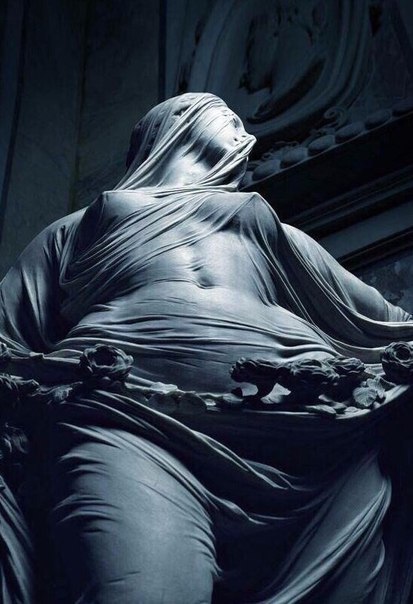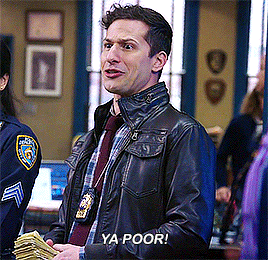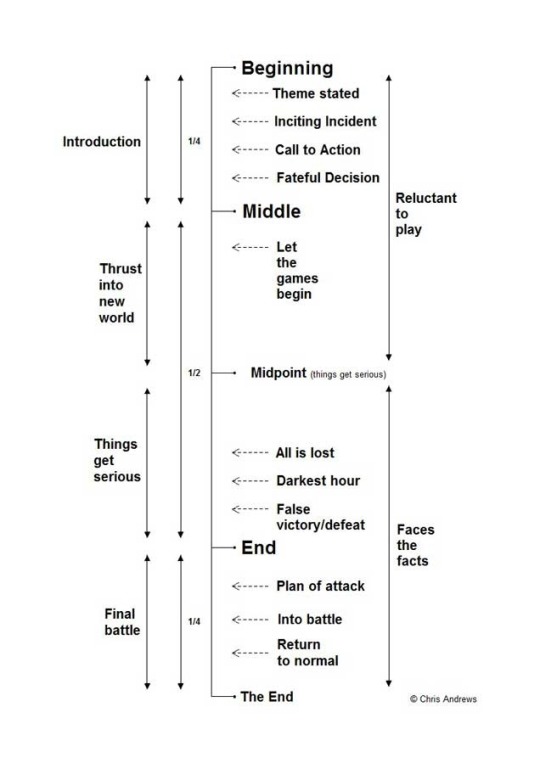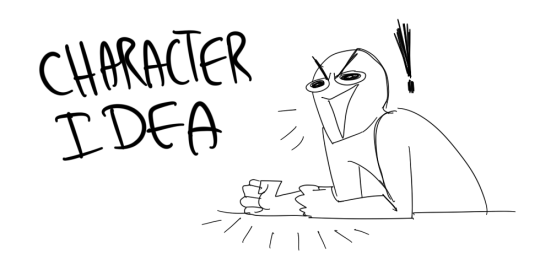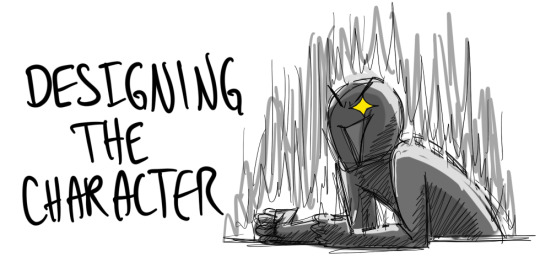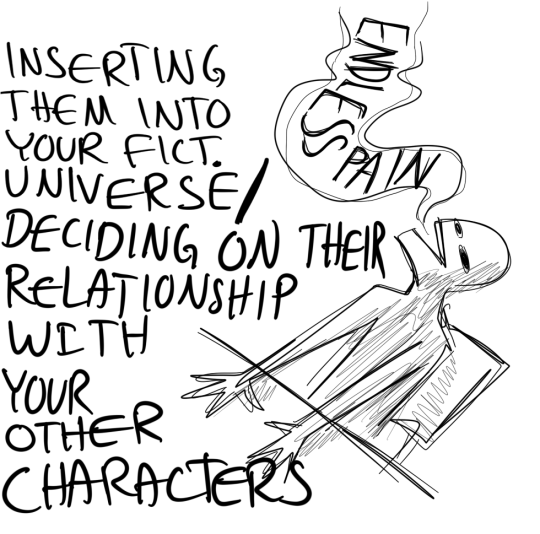Text










Favorite Albums of 2019 (in no particular order)
6K notes
·
View notes
Text
may 2019 bring you your “i’m doing better than i ever was” moment
222K notes
·
View notes
Text
Character Alignment Chart

When writing a cast of characters, its important to understand who everyone is and how each person clicks or clashes with one another. People are very complicated, and Ive written more about writing individual characters in previous posts, but to oversimplify every human and therefore every sentient character in any story is a combination of who they are on the inside and who they are on the outside. Their fear and how it motivates or controls them, and their goals and how they consciously present themselves.
In a wide cast, especially those with the hyperbolic “cast of thousands” its hard to explore every character as deeply as you do your protagonist, so its important that the characters differ from one another to keep them distinct, interesting, and engaged in your main’s personal experience.
That is why I have provided one of my personally crafted charts. On the graph above, the y axis represents the outward presentation of a character, and the x axis represents the internal motivation. Where does your main character start on the graph? How do they move through it in response to events encountered in the story? Where does the antagonist fit? How is the antagonist similar or different? What about the side characters?
Here is a temporary chart for a middlegrade i am currently concepting. Inka is the main. Barbara is the antagonist. Irvine is potential love interest.

Characters will most certainly be more complex than this arrangement, but placing everyone on this graph will help visualize the different types of people your main character meets. If your MC and their golden trio all start in the same quadrant maybe it would make the story more engaging to spread them out. Or perhaps the interesting part is that everyone starts in the same spot and grows in different directions by the end. Or perhaps those three similar characters can be whittled down to two? If the protagonist goes from fearful to confident perhaps the antagonist should move from confident to fearful. How will they react when they meet each other in the middle and realize they’re both scared and lonely?
Every character regardless of their starting position on the graph is a human collection of experiences. Not every character will have the opportunity to divulge their long and twisted back story, but we can learn more about them by watching them react to each other and the world around them in different ways. If one character rises to a challenge, we learn about them. If they rise while another character runs, we compare and contrast their responses and how their lives and personalities led to this moment. In the end, we have learned about them both individually and relationally through the osmosis of contrast.
818 notes
·
View notes
Photo








mythology cards: hermes
Hermes was the olympian god of trade, thievery, travel, sports, and border crossings. He was also the herald and personal messenger of his father Zeus, and the guide of the dead who led souls into the underworld.
2K notes
·
View notes
Text
Emotion Wheel

Note - the Shrink doesn’t 100% agree with this but it’s still a decent-ish writing reference!
Full image transcription after the jump.
Keep reading
1K notes
·
View notes
Text
Three easy two minute exercises to do before work



More exercises and tips to stay healthy
2K notes
·
View notes
Photo

Life is really simple, but we insist on making it complicated.
1K notes
·
View notes
Text
Young Adult vs. New Adult
What’s the Difference, Anyway?
So many people seem to think YA and NA are the same thing, or NA is YA but with the sex. Have a bullet list from someone who’s tired of seeing them lumped into the same category.
Young Adult
the target audience is 12 to 18 years old
the protagonists are usually kiddos that still live at home and need their parents’ signatures on official documents
themes commonly work with personal relationships on an emotional level, and do a lot of coming-of-age/coming-into-ones-own-identity
sex, swearing, and violence are all watered down for a younger audience
New Adult
the target audience is 18 to 30 years old
the protagonists are of the moving-out age and can start making the big decisions on their own
themes commonly encompass the overall lifestyle shift of taking on adult responsibilities, moving away from home, and dealing with the consequences of the aforementioned big decisions
there is potential the sex, and the swearing, and the violence
These are incomplete lists, but the point is please, please, please stop equating these two different, but equally valuable, genres.
10K notes
·
View notes
Text
Netflix and…rest my head on your thigh while you run your fingers through my hair continuously
105K notes
·
View notes




